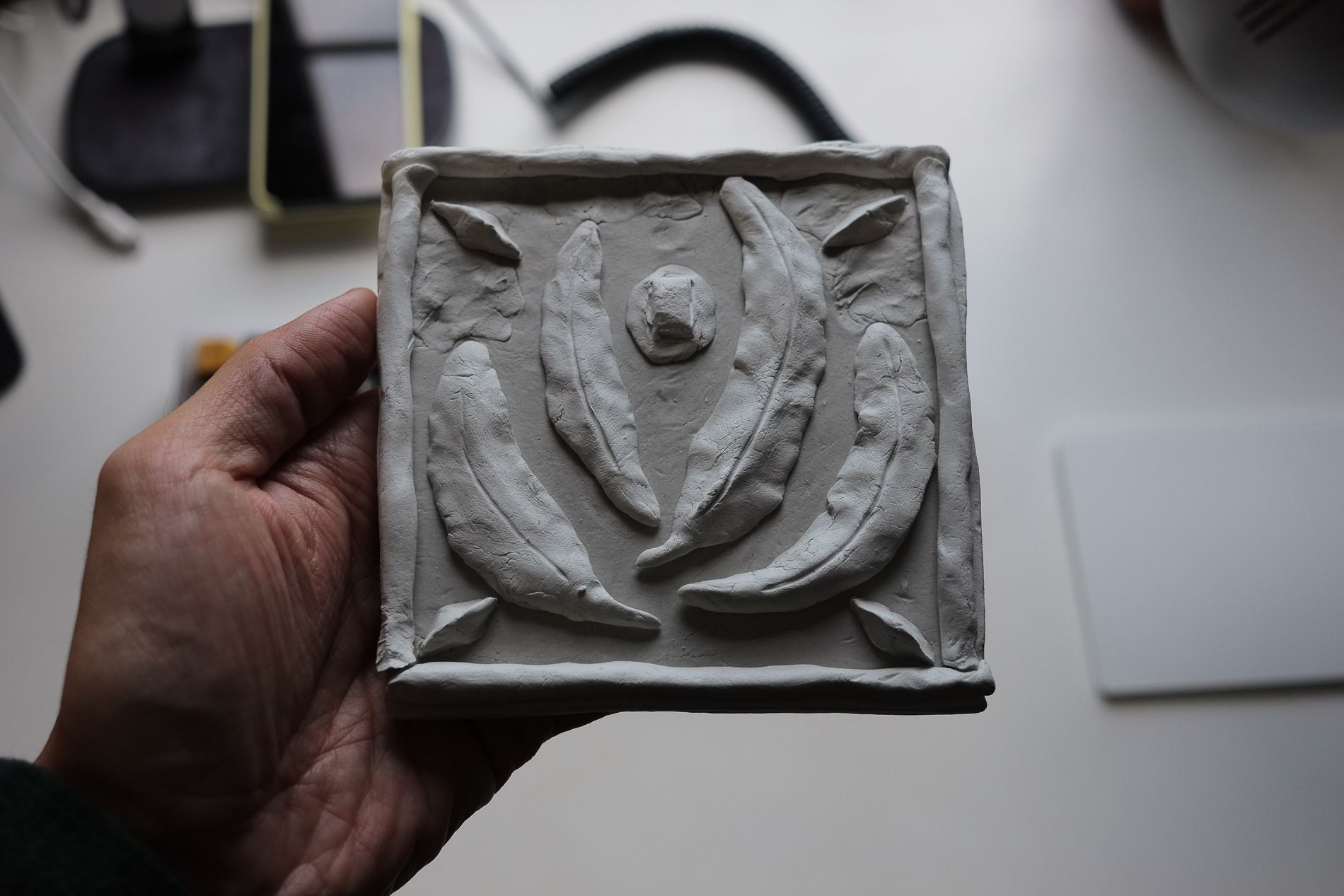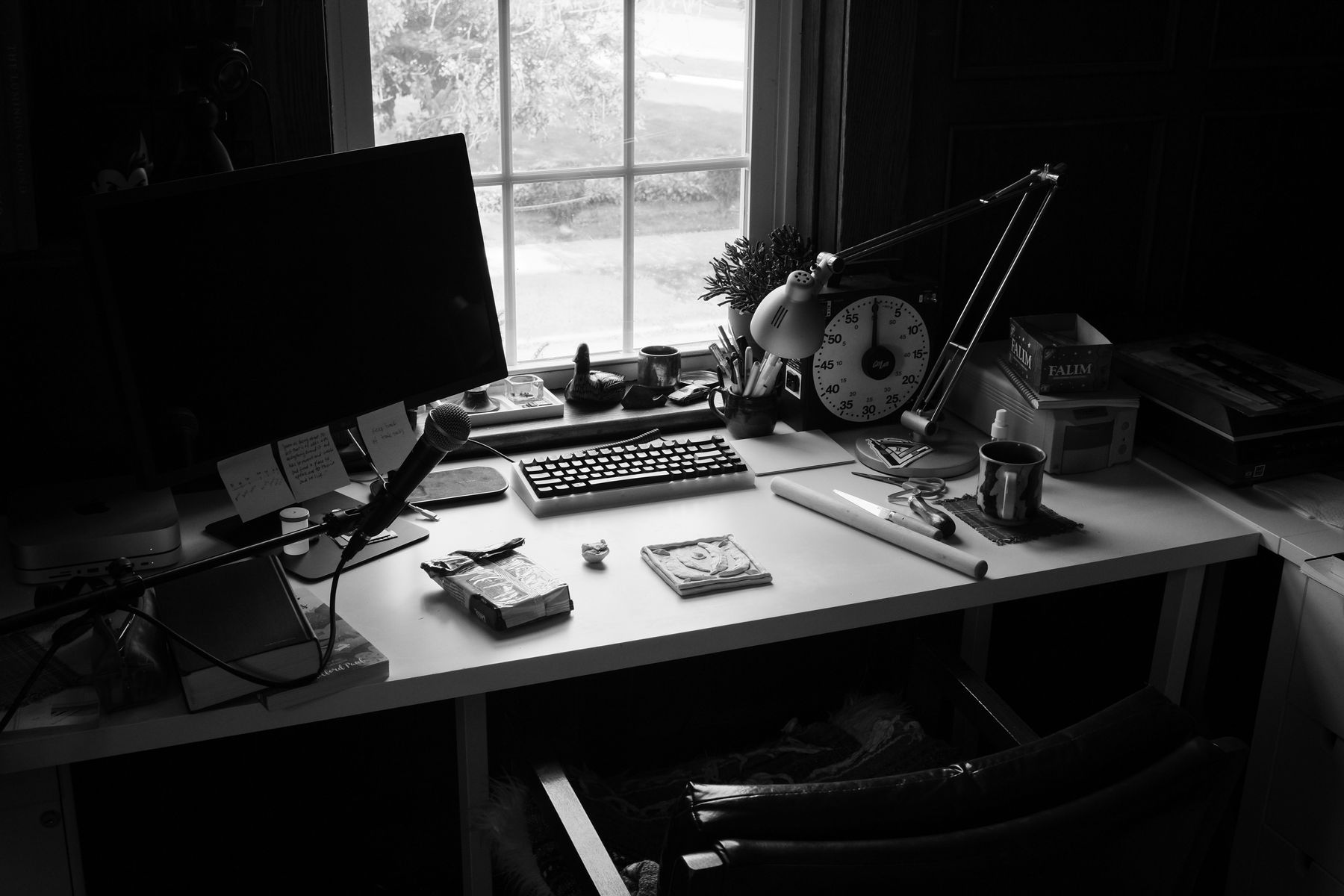Week 1. Ah yes. This is what it felt like. School. The pace and rigor of a calendar brimming with classes and assignments. Signing onto Zoom every weekday at 15:00 UTC (we have a global student/faculty base), 11:00AM here in the Eastern Time Zone. Luxurious, yes, but with mornings spent prepping for said classes and tending to writing-related tasks, I’m not sleeping in.
Julia just started a nine-to-five(ish) remote job the week before, too, a stark contrast from when she was at the hospital working three twelve-hour night shifts on different days every week. For the first time in our relationship, we’re both on quote-unquote-normal schedules, and with them, new morning routines.
In the first class, we students were asked by one of the instructors, a social anthropologist, to spend a few minutes reflecting on this moment in the program and in our lives – this threshold (a term I’m quite fond of, as you may remember). I stared out the window next to my monitor at the trees on the boulevard, just starting to yellow, and jotted down, among other things, a poem:
Looking through two windows
On the first week of fall,
I pour into the shape
Of new days.
We were then asked to seal the reflection in an envelope and tuck it away, to be re-opened at the end of the program.
I don’t have time in this letter to get into all the material we covered. So I’ll just tell you about the structure of the program. The fall semester is broken into three courses: 1) The Nature of Order seminar, where we read and discuss the eponymous books (each Thursday lecture is actually free and open to the public, in case you want to get the books and follow along); 2) A Studio course, where we do hands-on building projects, and 3) Self and Wholeness, where we … ?
This last one has been the slipperiest to grasp, and even the official course description, that it “provides a place for exploring and discussing the core principles of Building Beauty and how one grows to embody them on a personal level” doesn’t quite get into what actually happens in the class. It helped me when in the first session, our instructor framed things in terms of John Veraeke’s Four Kinds of Knowing:
- Propositional: knowing about stuff, aka facts and theory, aka “academic” knowledge (Nature of Order books)
- Procedural: knowing how to do stuff (Studio)
- Perspectival: knowing what it’s like to experience the world from your point of view (The framework through which Self and Wholeness …)
- Participatory: knowing what it is to be you (… helps you become a person more capable of creating beauty.)
I’ll write more about the perpectival forms this class takes in the coming weeks (as I learn for myself). I’ll just say, for now, that I’ve a hunch that Self and Wholeness might be foundational to everything else.
I can’t end this week’s letter on a glorified course catalog. So here’s the result of my Friday Studio class, where we jumped right in with knives and modeling clay and tried to create, with deliberately light overall direction, a beautiful tile:

Maybe I should tuck this away too, until May of next year.
